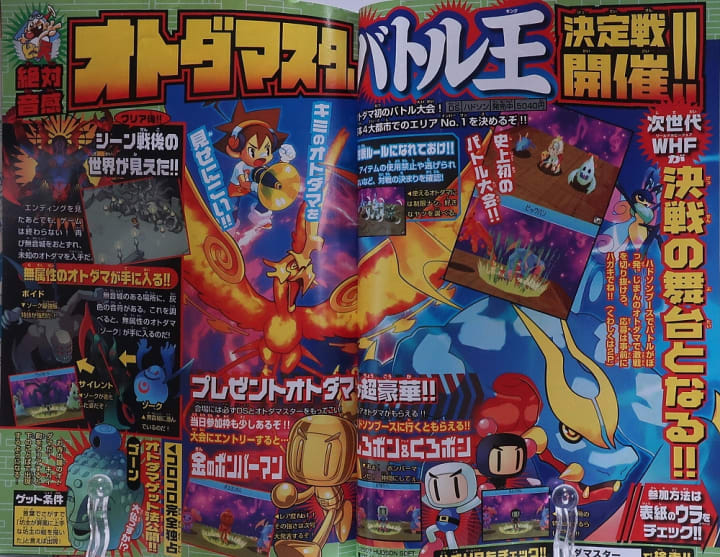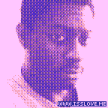
Indie games have often been an outlet for retro video game genres. Of course, what is considered nostalgic for the developer depends on the games they grew up playing. In the past, side-scrolling platformers were the genre of choice, but now it's mongames. Mongame is a genre that revolves around collecting and raising creatures, popularized by the role-playing game Pokémon. Recent years have seen a resurgence of mongames, with games like Temtem, Monster Crown, and Nexomon: Extinction releasing last year. However, indie mongames have generally failed to resonate with many Pokémon fans. While there is demand for mongames, the indie games that belong to this genre have missed the mark in three significant ways.
Too Derivative
Taking inspiration from Pokémon isn't an issue, but taking too much influence from one source can lead to a derivative game. After all, Pokémon is also an amalgamation of influences ranging from games like Dragon Quest to television shows like Ultraman. That isn't to say that unoriginality is inherently a bad thing, with spiritual successors to beloved franchises like Bloodstained and Bug Fables having achieved success. The difference is that a game derivative of Pokémon is not a spiritual successor to a defunct series. For example, the influences Coromon and Nexomon take from Pokémon permeate every aspect of both games, from the art style to the setting to the game mechanics. So many indie mongames replace the names of Pokémon specific concepts like Pokéballs instead of creating their own. Mongames like Robopon, which attempted to capitalize on Pokémania, were dismissed as rip-offs because of these superficial similarities. For a mongame to gain acceptance as its own thing, it needs features that distinguish it from its contemporaries.
Standing Out

A unique selling point is crucial for any video game but even more so for a saturated genre like mongames. The 90s and 2000s mongames that people tend to remember often had a gimmick as their main attraction. For example, Monster Rancher has a CD-reading system that generates a monster based on the CD inserted into the PlayStation. One of my favorites is Absolute Pitch Otoda Master, which lets you capture monsters based on a sound, word, or melody played into the Nintendo DS microphone. Another way mongames stood out is by replacing the monsters you collect with something else entirely. Medabots and Metal Walker are both mongames that revolve around collecting robots, even though they approach the concept differently. When mongames share collectibles, they can still distinguish themselves through game mechanics and world-building. That doesn't necessarily mean a mongame needs to replace monsters to stand out. Digimon separates itself from other mongames not with a lack of monsters but with its iconic monster designs.
Monster Designs

Monsters are the main selling point of any mongame, so the creature designs are pivotal to their success. One goal for monster designs should be to become immediately recognizable. An iconic roster of monsters usually has shared characteristics that give all the monsters a distinct aesthetic. Digimon's monsters having defined musculature, sharp teeth, and ferocious claws make it difficult to mistake them for creatures from any other mongame franchise. Digimon lead designer Kenji Watanabe created monsters influenced by the harder edge of 90s American comics with a more imposing look, in contrast to Pokémon. Having a distinct aesthetic doesn't only apply to the monster designs but also to the illustration style of the artist that brings them to life. Dragon Quest Monsters being part of the Dragon Quest series lets it benefit from having monsters designed by famed manga author Akira Toriyama. I would even go as far as to say the number one reason we still remember Jade Cocoon is the artwork by Studio Ghibli character designer Katsuya Kondo.
About the Creator
Yaw
imposter syndrome






Comments
There are no comments for this story
Be the first to respond and start the conversation.